Introduction
In recent years, there has been a concerning trend observed in young children: the emergence of adult-like body shapes and weight gain. This phenomenon has raised numerous questions and sparked discussions among parents, educators, and healthcare professionals alike. While there is no single factor responsible for this trend, several interconnected reasons contribute to the manifestation of adult-like body shapes in young children. Let's delve into eight key reasons behind this concerning trend:
2. Dietary Habits:
Modern dietary habits, characterized by high consumption of processed foods, sugary snacks, and beverages, contribute significantly to weight gain in children. These foods are often dense in calories and low in essential nutrients, leading to excessive calorie intake and poor nutrition.
2. Sedentary Lifestyle:
With the advent of technology, children today are increasingly engaged in sedentary activities such as watching television, playing video games, and browsing the internet. The lack of physical activity coupled with prolonged screen time contributes to weight gain and the development of adult-like body shapes.
3. Parental Influence:
Parents play a pivotal role in shaping their children's dietary habits and lifestyle choices. Children often mimic the behaviors and preferences of their parents, including dietary preferences and activity levels. Therefore, parents who lead sedentary lifestyles or have poor dietary habits may inadvertently influence their children to adopt similar behaviors.
4. Genetic Predisposition:
Genetic factors can predispose some children to weight gain and obesity. Children with a family history of obesity or metabolic disorders may be more susceptible to developing adult-like body shapes, even in the absence of significant environmental factors.
5. Early Puberty:
Research suggests that the age of puberty onset has been declining in recent decades, with some children experiencing early puberty. Early puberty is associated with rapid growth and changes in body composition, potentially leading to the development of adult-like body shapes at a younger age.
6. Environmental Factors:
Environmental factors such as exposure to endocrine-disrupting chemicals (EDCs) present in certain plastics, pesticides, and household products may interfere with hormonal regulation and metabolism in children. These chemicals have been linked to weight gain and altered body composition in both animal and human studies.
7. Stress and Emotional Eating:
Stressful environments or experiences can trigger emotional eating behaviors in children, leading to overeating and weight gain. Additionally, chronic stress can disrupt hormone regulation and metabolism, further exacerbating the risk of developing adult-like body shapes.
8. Lack of Education and Awareness:
A lack of education and awareness about healthy eating habits and lifestyle choices among parents, caregivers, and educators contributes to the prevalence of adult-like body shapes in young children. Without proper guidance and support, children may struggle to maintain a healthy weight and body composition.
Conclusion
In conclusion, the emergence of adult-like body shapes in young children is a multifaceted issue influenced by various factors ranging from dietary habits and sedentary lifestyles to genetic predisposition and environmental exposures. Addressing this trend requires a comprehensive approach that involves promoting healthy dietary habits, encouraging physical activity, raising awareness about the importance of early intervention, and fostering supportive environments for children to thrive. By addressing these underlying factors, we can work towards ensuring the health and well-being of future generations.

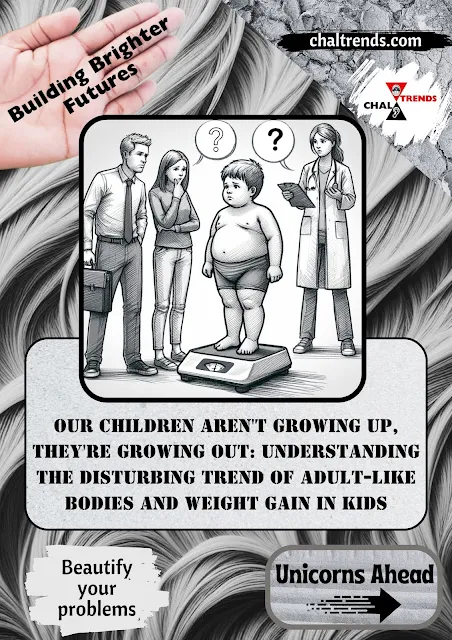

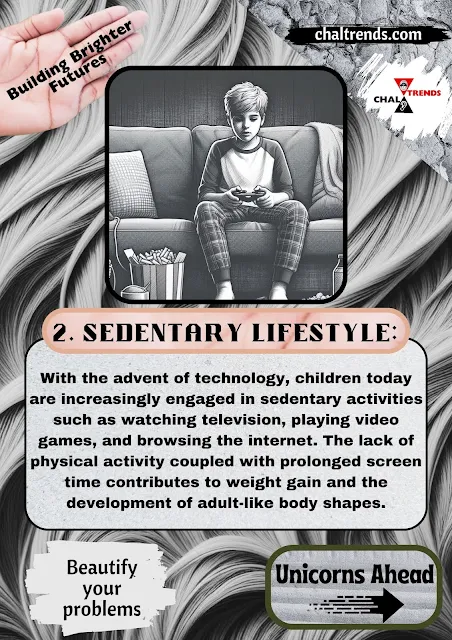
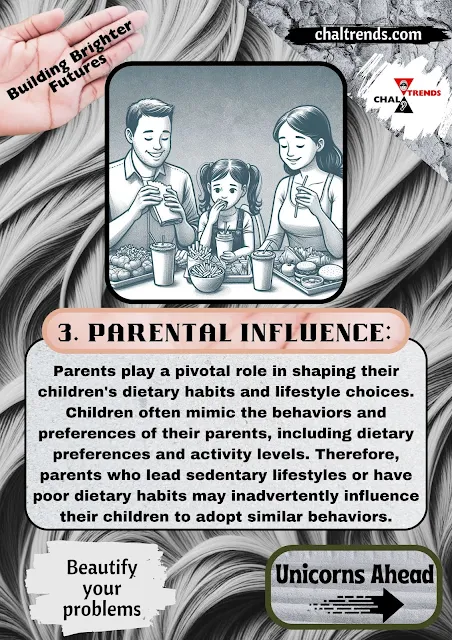
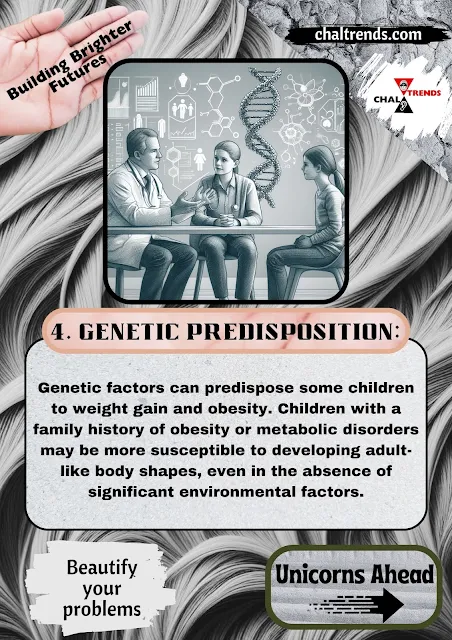
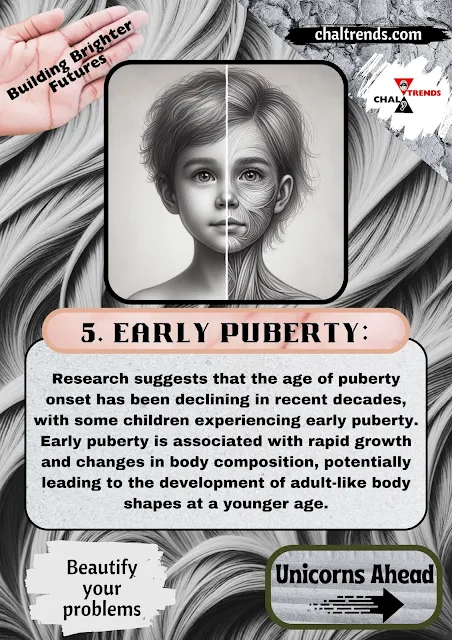


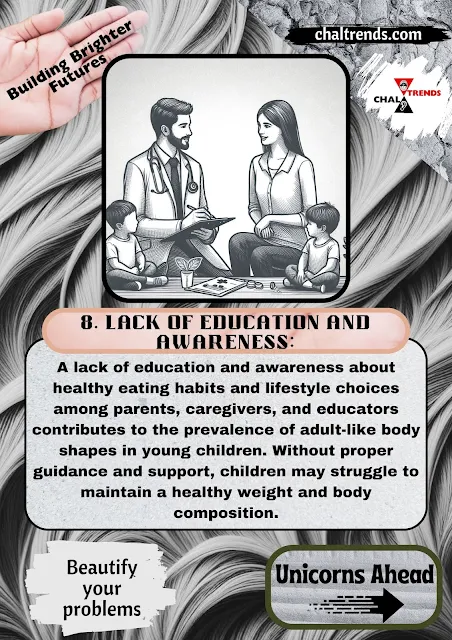
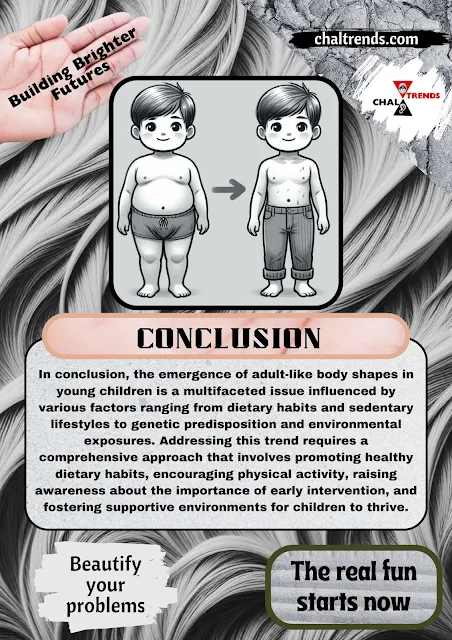
.jpeg)





0 Comments